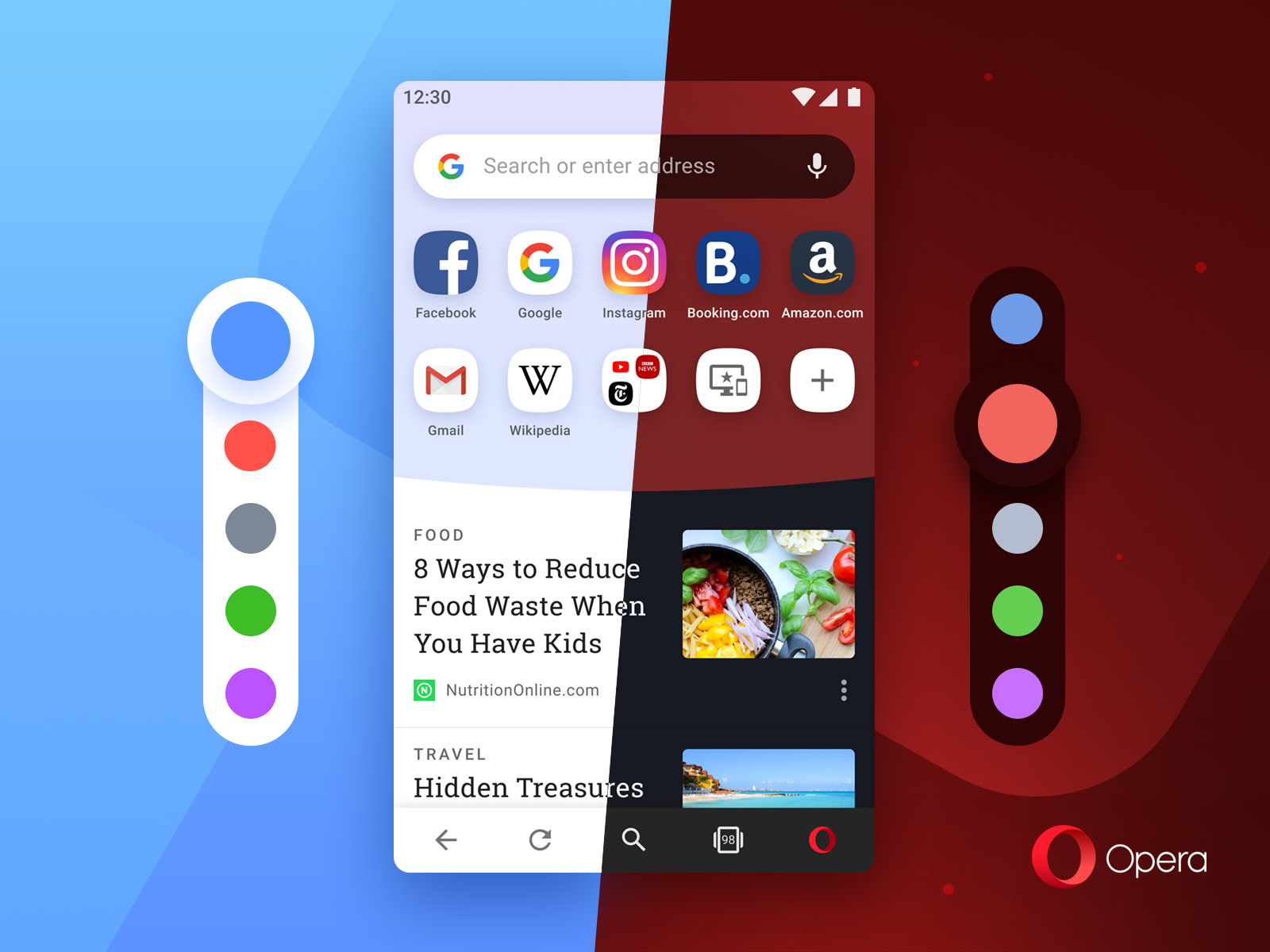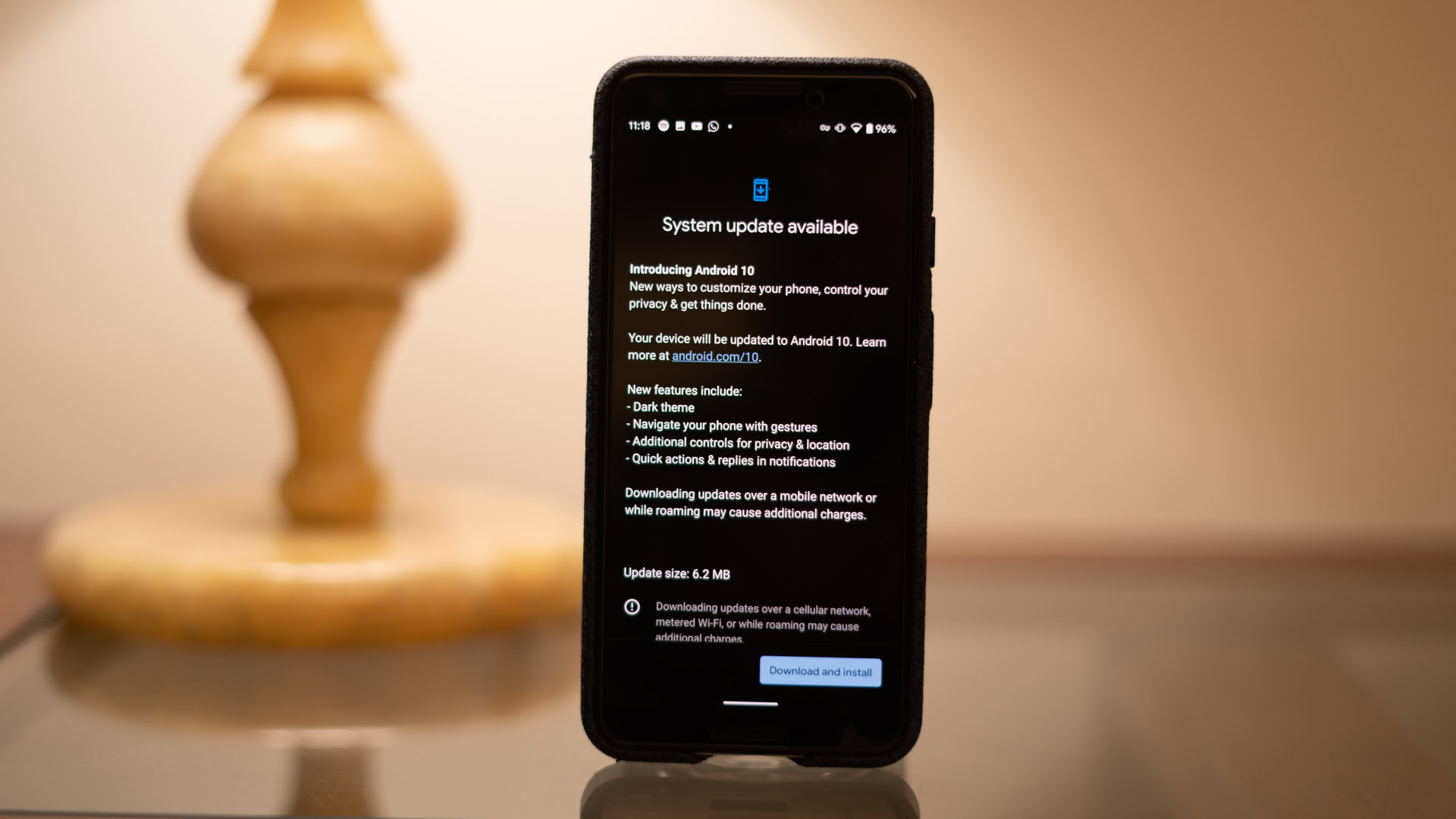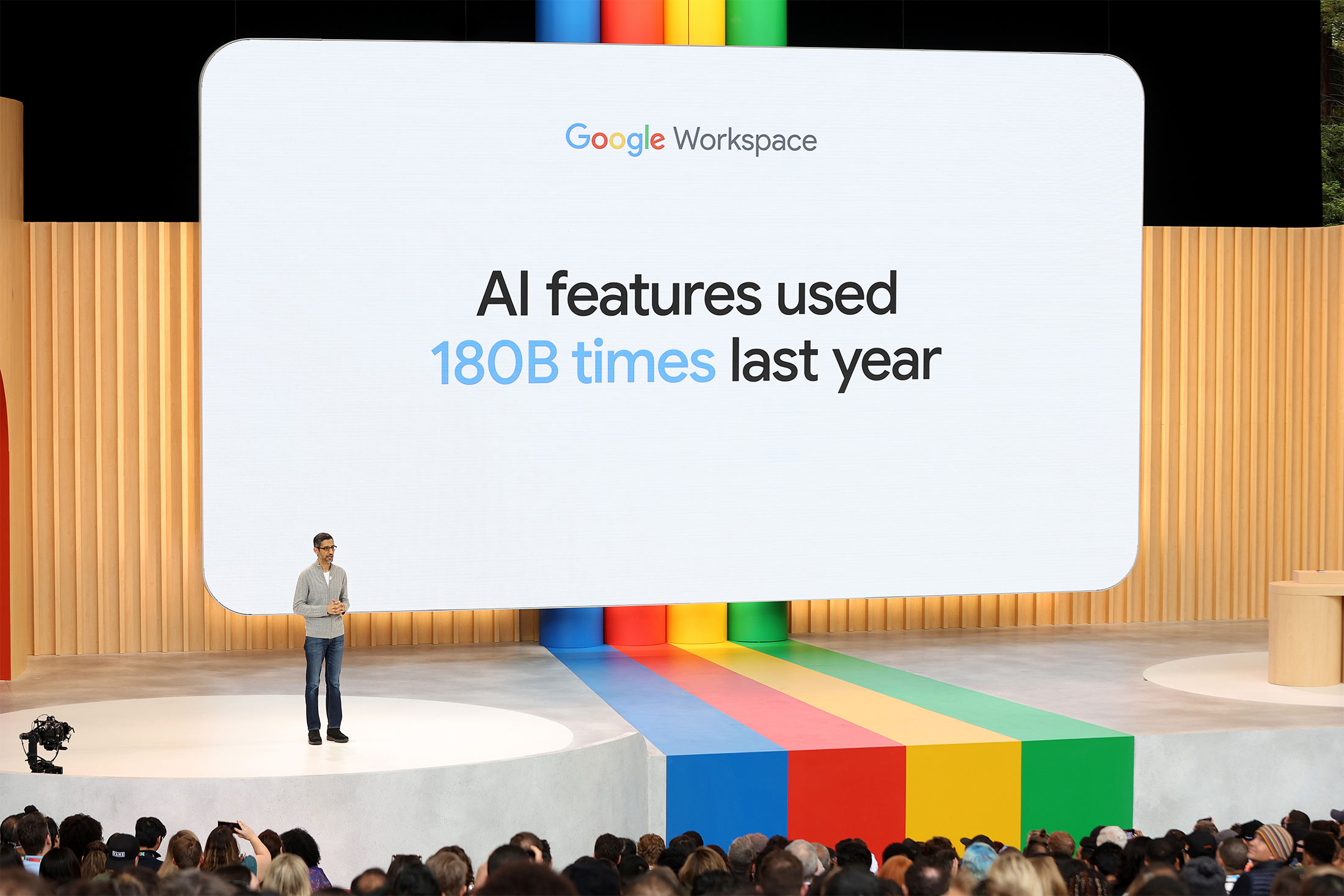Android 16 Beta 3 is making waves in the developer community as Google marks its latest achievement with Platform Stability. This milestone ensures that the API surface is locked and app-facing behaviors are finalized, meaning developers can confidently publish their Android 16-targeted apps to the Play Store. Among the standout Android 16 features introduced in this version are support for Auracast broadcast audio, enhancing accessibility for users with hearing aids, and the innovative Outline text feature designed to improve readability for individuals with low vision. Furthermore, Beta testing Android apps has never been more crucial, as developers can now opt into Local Network Protection (LNP) to better control app access to local devices. With Google continuing its cadence of Android API releases and updates, developers are encouraged to dive into the new functionalities offered by Android 16 Beta 3 for a more enriched user experience.
The latest iteration of Google’s mobile platform, dubbed Android 16 Beta 3, represents a pivotal shift in app development and testing. As developers gear up to explore the newly stabilized environment, they will discover a host of enhanced functionalities designed to streamline app performance and accessibility. Noteworthy advancements include innovative audio broadcasting capabilities and visual text enhancements, targeting diverse user needs. The robust framework of this beta version ensures a solid foundation for future updates, as developers focus on refining their applications in alignment with upcoming Android SDK releases. This exciting phase of platform evolution underscores the importance of engaging in beta testing for Android applications to stay ahead in a rapidly changing digital landscape.
Introduction to Android 16 Beta 3
Google’s latest iteration of its mobile operating system, **Android 16**, is rapidly evolving with the release of **Beta 3**. This phase marks a significant milestone in the development timeline by achieving **Platform Stability**, a crucial point where the API surface is finalized, allowing developers to prepare their applications for the Play Store. As detailed in the announcement by product manager Balaji Ganesan, this version of Android is designed to enhance user experience while providing developers with the necessary tools to optimize their applications for the latest features.
With **Platform Stability** now achieved, developers can confidently publish apps targeted at **Android 16**. This milestone signifies that both app-facing behaviors and the underlying API have been locked, reducing the chances of last-minute changes that could disrupt app compatibility. As the Android community embraces these advancements, it’s an exciting time to engage in **beta testing Android apps** on this new platform.
Key Features of Android 16 Beta 3
Among the notable enhancements introduced in **Android 16 Beta 3** is **broadcast audio support**. This innovative feature enables devices like the Pixel 9 to stream audio directly to compatible hearing aids and earbuds, making public spaces more accessible for individuals with hearing impairments. This means that whether at busy airports, concert venues, or educational environments, users can enjoy a seamless audio experience without needing additional equipment.
Another standout feature is the **outline text**, which significantly improves text clarity for users with low vision. By creating a larger contrasting area around the text, Android 16 ensures that content is more distinguishable against various backgrounds, enhancing reading comprehension and overall accessibility on **Android devices**. These features showcase Google’s commitment to inclusive design, addressing the diverse needs of its user base.
Understanding Platform Stability in Android 16
Achieving **Platform Stability** is a pivotal moment in the lifecycle of any Android update, including **Android 16**. It signifies that developers and users can expect consistent behavior from the platform going forward. At this stage, the core functionalities are established, which allows developers to fine-tune their applications without the worry of the foundational changes occurring late in the development cycle. This stable environment encourages better early adoption of the new features and APIs.
Looking ahead, this stability lays the groundwork for future **Android API releases**, which are set to arrive in 2025. Developers can prepare their applications for both the minor and major SDK updates that will follow the official release of Android 16, ensuring their apps remain functional and relevant within the evolving ecosystem. **Android 16 Beta 3** serves as a critical checkpoint, allowing developers to align their projects with the upcoming features and improvements.
Enrolling in Android 16 Beta 3 Testing
To get started with **Android 16 Beta 3**, developers can easily enroll their supported Pixel devices or utilize an emulator with a 64-bit system image within **Android Studio**. Google encourages users to upgrade to the latest Android Studio release, known as **Meerkat**, to ensure optimal performance when testing new features. This accessibility allows a broader range of developers to engage in **beta testing Android apps**, providing crucial feedback that can shape the final release.
Additionally, for users who participated in previous beta versions of Android 16, **Beta 3** will be delivered over-the-air (OTA), ensuring a smooth transition for those who are already familiar with the testing environment. This streamlined approach not only facilitates user engagement but also bolsters the feedback loop necessary for enhancing the platform before the official launch.
Future of Android API Releases and Updates
The future of **Android** looks vibrant with the announcement of two significant **Android API releases** scheduled for 2025. The major SDK release set for the second quarter will introduce new behavior changes affecting how apps function within the **Android 16** framework. This will be crucial for developers to adapt their applications to deliver optimized experiences on the latest platform.
Moreover, the anticipated minor SDK release in the fourth quarter will focus on updates and bug fixes that aim to fine-tune the overall user experience. Google’s commitment to providing **quarterly incremental updates** ensures that Android remains a cutting-edge platform that continues to evolve based on user feedback and technological advancements. Users can look forward to a continuously improving environment with regular updates that enhance performance and introduce new features.
Exploring Broadcast Audio Support in Android 16
One of the most groundbreaking features in **Android 16 Beta 3** is its implementation of **broadcast audio support**. This capability allows compatible hearing aids and earbuds to receive direct audio streams from various public venues. Such an advancement signifies a robust step towards making technology more inclusive, enhancing the audio experience for individuals who depend on these devices. With brands like **GN Hearing** and **Starkey** participating, users can expect superior sound quality and a hassle-free experience in crowded environments.
This functionality not only showcases Android’s commitment to innovation but also enhances the quality of life for many users. The integration of this audio feature across devices provides a seamless listening experience for individuals unable to utilize traditional audio solutions, illustrating how **Google Android updates** consistently push the boundaries of user accessibility.
Improving Accessibility with Outline Text Feature
The **outline text** feature introduced with **Android 16** is another significant enhancement aimed at improving accessibility for users with visual impairments. By replacing traditional high-contrast text with an outlined format, the feature helps users distinguish written content from its background more effectively. This innovation is particularly beneficial in diverse environments where background distractions may be prevalent.
The introduction of this feature illustrates Google’s dedication to ensuring that its operating system is accessible to all users, regardless of their abilities. It aligns with best practices in **Android design**, fostering an ecosystem where inclusivity is a priority. As developers implement this feature into their applications, it opens up possibilities for creating more visually accessible interfaces across the board.
The Role of Developers in Android 16 Ecosystem
With the release of **Android 16 Beta 3**, developers play a crucial role in the ongoing evolution of the platform. Their feedback during the beta testing phase helps identify bugs and assess the functionality of new features, ultimately shaping the final product that will be made available to the public. This collaborative spirit between Google and the developer community is essential for fine-tuning the performance and usability of the Android system.
As developers begin to integrate new features such as **broadcast audio support** and **outline text** into their applications, they are also helping to set the standard for app design in this latest version of Android. Engaging with the features outlined in the new SDK allows developers to harness the power of **Android API releases** to create innovative solutions that enhance the user experience. The symbiotic relationship between user feedback and developer innovation is vital for the growth of the Android ecosystem.
Preparing for Android 16 Launch and Beyond
As we approach the final release of **Android 16**, preparation becomes key for developers looking to ensure their applications are ready for the transition. The achievement of **Platform Stability** in **Beta 3** provides a solid foundation for developers to adapt their projects to the new standard. By incorporating the latest features and improvements, developers can maintain relevance in a competitive landscape.
Looking forward, attending to the changes introduced in the forthcoming **Android API releases** will also be critical. Developers need to be proactive in testing their applications against the updated behavior standards introduced in the major SDK release, as well as monitoring performance and bug fixes in the minor SDK updates anticipated later in the year. This proactive approach will ensure that applications not only meet user expectations but also leverage the full capabilities of the Android 16 platform.
Frequently Asked Questions
What are the key features introduced in Android 16 Beta 3?
Android 16 Beta 3 brings several notable features, including support for Auracast broadcast audio for direct audio streams, an updated outline text feature for better visibility for users with low vision, and the introduction of Local Network Protection (LNP) allowing users to control app access to their local network.
How does Platform Stability affect Android 16 Beta 3?
With Android 16 Beta 3 achieving Platform Stability, this means the API surface and app-facing behaviors are locked. Developers can confidently publish their Android 16-targeted apps to the Play Store as the platform is now stable.
When can I expect to see the official release of Android 16 following Beta 3?
Google plans to launch two Android API releases in 2025; a major SDK release will accompany Android 16 in Q2, introducing significant behavior changes for apps, following the stable rollout of Android 16 Beta 3.
What devices are compatible with Android 16 Beta 3?
Android 16 Beta 3 is compatible with any supported Pixel device. Additionally, developers can test it using a 64-bit system image via the Android emulator in Android Studio.
What is Local Network Protection (LNP) in Android 16 Beta 3?
Local Network Protection (LNP) in Android 16 Beta 3 enhances user privacy by allowing them to control which apps can access devices on their local network, though full implementation will follow in a future release.
How can I enroll in the Android 16 Beta 3 program?
To enroll in Android 16 Beta 3, you can either register any supported Pixel device or utilize a 64-bit system image with the Android emulator through the latest Android Studio.
Will there be ongoing updates after Android 16 Beta 3?
Yes, Google will continue to provide quarterly incremental updates to Android and will also release a minor SDK update in Q4 of 2025 with additional features, optimizations, and bug fixes post the Android 16 Beta 3 launch.
What improvements should developers expect in Android 16 API releases?
Developers can expect significant behavior changes and improvements in Android 16 API releases, especially during the major SDK release in Q2 2025, which will accompany Android 16 Beta 3’s full rollout.
Can I test new features before final release in Android 16 Beta 3?
Absolutely! Developers can test new features like Local Network Protection (LNP) in Android 16 Beta 3, which is especially useful for those looking to prepare their apps for future updates.
Where can I find more information on Android 16 Beta 3?
For more detailed information about Android 16 Beta 3, you can visit the official Android Developer website, which offers guidance on features, enrollment, and development resources.
| Feature | Description |
|---|---|
| Broadcast audio support | Supports Auracast broadcast audio for Pixel 9 and compatible devices, allowing direct streaming from public venues. |
| Outline text | Creates a larger contrast around text for better visibility for individuals with low vision. |
| Local Network Protection (LNP) | Enables user control over app access to local network devices; available for developer testing in Beta 3. |
Summary
Android 16 Beta 3 represents a significant update as Google achieves Platform Stability, allowing developers to publish targeted apps. With new features such as broadcast audio support, outline text for better accessibility, and the Local Network Protection (LNP) feature in developer testing, Android 16 Beta 3 is poised to enhance user experience. This release is a crucial stepping stone for app developers ahead of the expected full launch.



